10 Best Herbal Juices For Back Pain
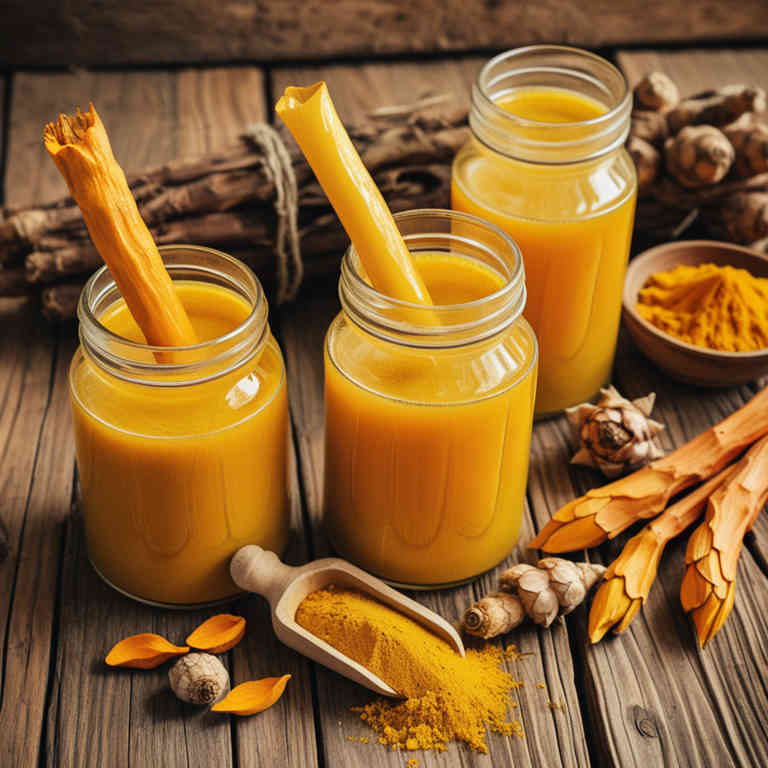
Herbal juices have gained popularity as a natural remedy for managing back pain, often containing ingredients like turmeric, ginger, and celery, which are known for their anti-inflammatory and pain-relieving properties.
These juices work by reducing inflammation and improving circulation, which can alleviate discomfort in the muscles and joints of the spine. Many people find that regular consumption of these juices supports long-term relief and enhances overall wellness without the side effects associated with pharmaceutical drugs. However, it is important to consult with a healthcare professional before incorporating herbal juices into a treatment plan, especially if you have underlying health conditions or are taking other medications.
While herbal juices can be a valuable complementary therapy, they should not replace conventional medical treatments for severe or chronic back pain.
FREE Herb Drying Checklist
How to make sure every batch retains maximum flavor, color, and aroma without the risk of mold or over-drying. Eliminate guesswork and trial-and-error, making herb drying faster, easier, and more efficient every time.
Table of Contents
1. Curcuma longa

Curcuma longa, commonly known as turmeric, contains a bioactive compound called curcumin, which has been widely studied for its anti-inflammatory and antioxidant properties.
Turmeric herbal juices derived from fresh or dried roots of Curcuma longa are often consumed to support overall health and may offer relief from inflammation-related conditions, including back pain. While scientific evidence suggests that curcumin may help reduce inflammation and pain, the effectiveness of turmeric juice for back pain can vary among individuals. It is often recommended to consume turmeric juice with black pepper or a fat source to enhance absorption, as curcumin is poorly soluble in water.
Although turmeric juice is generally safe, it should be used as a complementary therapy alongside conventional treatments for back pain, under the guidance of a healthcare professional.
2. Zingiber officinale

Zingiber officinale, commonly known as ginger, has been traditionally used for its anti-inflammatory and analgesic properties, making it a popular ingredient in herbal juices for managing back pain.
When consumed as part of a juice, ginger can help reduce inflammation and muscle tension, which are often contributing factors to chronic back pain. Studies suggest that ginger may inhibit the production of prostaglandins, which are responsible for pain and inflammation in the body. However, while some individuals report relief from ginger-based juices, it is important to consult with a healthcare professional before using it as a sole treatment for back pain.
Incorporating ginger into a balanced diet and lifestyle may complement other therapeutic approaches, but it should not replace medical advice or treatment.
3. Salvia officinalis
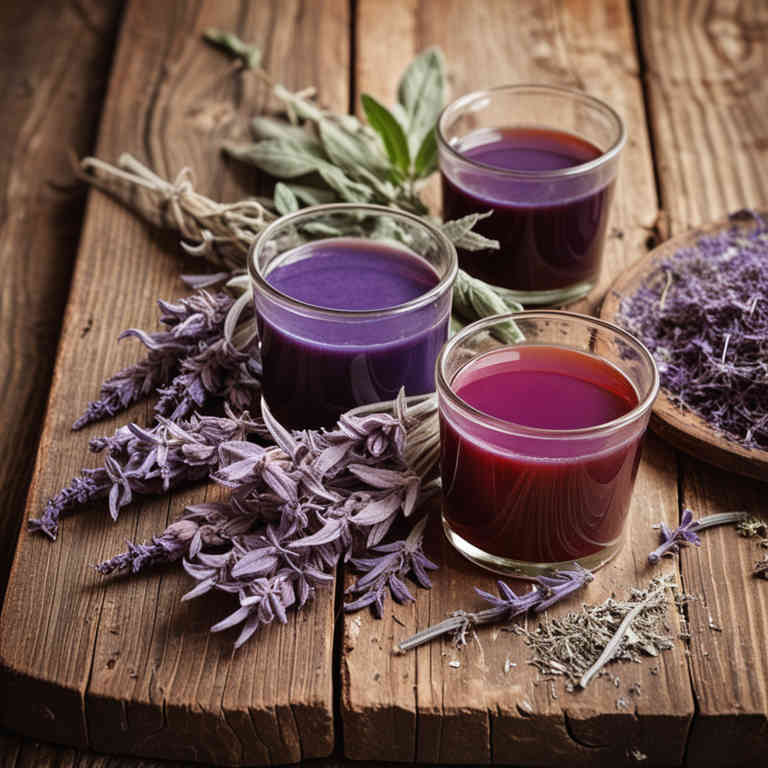
Salvia officinalis, commonly known as sage, has been traditionally used for its medicinal properties, including potential benefits for back pain.
While scientific evidence supporting its effectiveness for back pain is limited, some studies suggest that sage may possess anti-inflammatory and analgesic properties that could help alleviate discomfort. Herbal juices made from sage leaves are often consumed to harness these potential health benefits, though they should not replace professional medical advice or treatment. It is important to consult a healthcare provider before using sage or any herbal remedy, especially for chronic conditions like back pain.
Despite its historical use, more research is needed to fully understand the efficacy and safety of sage-based juices for back pain relief.
4. Urtica dioica

Urtica dioica, commonly known as stinging nettle, has been traditionally used for its potential health benefits, including relief from back pain.
When prepared as a herbal juice, stinging nettle is believed to support joint health and reduce inflammation, which can alleviate discomfort in the lower back. The juice is typically made by juicing fresh leaves, which are rich in minerals like calcium, magnesium, and silicon, as well as antioxidants. Some studies suggest that the compounds in stinging nettle may help reduce muscle spasms and improve circulation, contributing to pain relief.
However, it is important to consult a healthcare professional before using stinging nettle juice, especially for individuals with existing medical conditions or those taking medications.
5. Silybum marianum
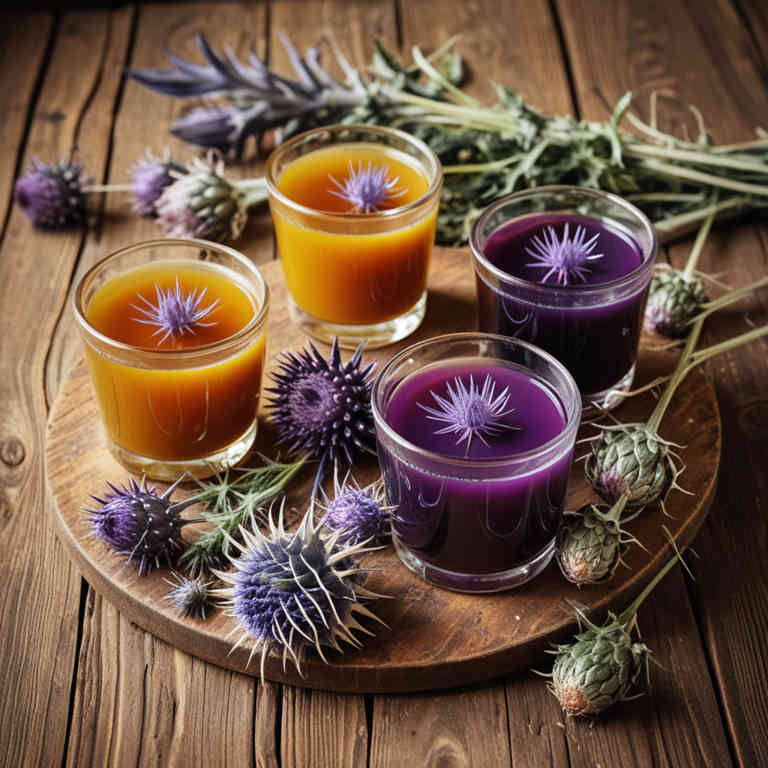
Silybum marianum, also known as milk thistle, is a herbal plant that has been traditionally used for its potential health benefits, including its anti-inflammatory and antioxidant properties.
While it is commonly associated with liver health, some studies suggest that its compounds may help reduce inflammation and muscle tension, which could potentially alleviate symptoms of back pain. Herbal juices made from Silybum marianum are often consumed as a natural remedy, though scientific evidence supporting their effectiveness for back pain is limited. It is important to consult with a healthcare professional before using these juices, especially if you are on medication or have underlying health conditions.
Despite its popularity in alternative medicine, more research is needed to fully understand its role in managing back pain.
6. Cnicus benedictus

Cnicus benedictus, commonly known as blessed thorn, has been traditionally used in herbal medicine for its potential anti-inflammatory and pain-relieving properties.
When prepared as a herbal juice, it is believed to support the body's natural healing processes and may help alleviate symptoms of back pain by reducing inflammation and improving circulation. This plant contains compounds such as flavonoids and tannins, which are thought to contribute to its therapeutic effects. While more scientific research is needed to fully validate its efficacy, many individuals report relief from chronic back pain after incorporating Cnicus benedictus juice into their wellness routine.
As with any herbal remedy, it is advisable to consult with a healthcare professional before use, especially for those with existing health conditions or who are taking other medications.
7. Vitex agnus-castus

Vitex agnus-castus, commonly known as chasteberry, has been traditionally used in herbal medicine for its potential to support hormonal balance and alleviate symptoms associated with conditions like menopause and PMS.
While it is not a direct treatment for back pain, some studies suggest that its anti-inflammatory and analgesic properties may help reduce muscle tension and inflammation, which can contribute to back discomfort. Herbal juices made from vitex agnus-castus are often consumed to promote overall wellness and may offer supportive benefits for individuals experiencing chronic or mild back pain. However, it is important to consult with a healthcare professional before using vitex agnus-castus, especially if you are taking medications or have underlying health conditions.
As a complementary therapy, vitex agnus-castus herbal juice may be part of a holistic approach to managing back pain, but it should not replace conventional medical treatments.
8. Achillea millefolium
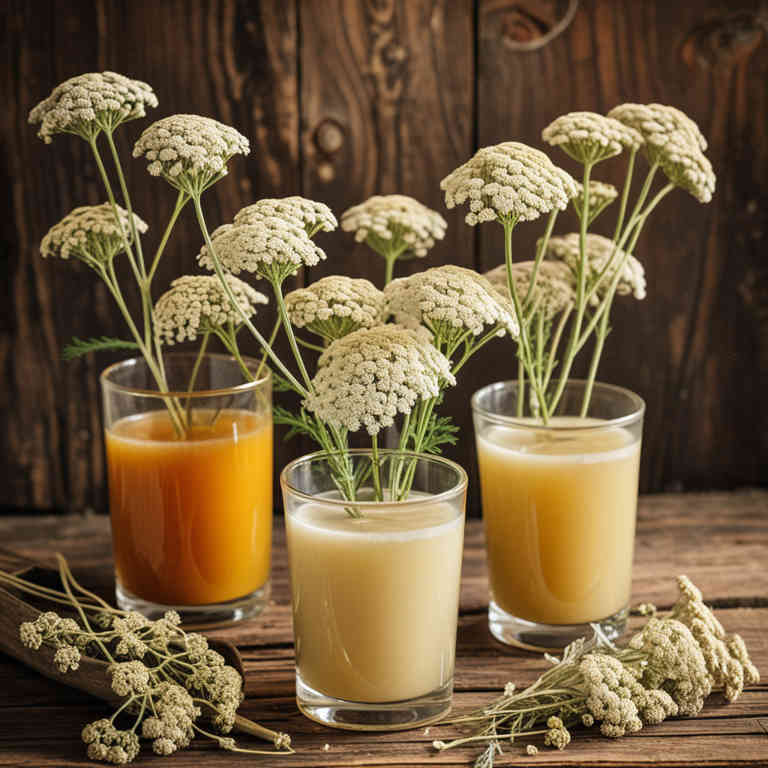
Achillea millefolium, commonly known as yarrow, has been traditionally used in herbal medicine for its anti-inflammatory and analgesic properties.
While it is not a direct treatment for back pain, some studies suggest that its compounds may help reduce inflammation and muscle tension, which can indirectly alleviate discomfort associated with certain types of back pain. Herbal juices made from yarrow are often consumed internally to support overall health and may contribute to pain relief when used as part of a holistic approach. However, it is important to consult with a healthcare professional before using yarrow or any herbal remedy, especially for chronic or severe back pain.
As with any natural treatment, the effectiveness of yarrow juice can vary among individuals and should be combined with other proven therapeutic methods for optimal results.
9. Boswellia serrata

Boswellia serrata, also known as Indian frankincense, is a herbal remedy that has been traditionally used for its anti-inflammatory properties.
Recent studies suggest that boswellia serrata may help reduce inflammation and pain associated with conditions like osteoarthritis and lower back pain. When consumed as a juice, boswellia serrata can provide a concentrated source of its active compounds, such as boswellic acids. However, it is important to consult with a healthcare professional before starting any new herbal supplement, especially if you have existing health conditions or are taking other medications.
While some people report relief from back pain using boswellia serrata juice, more research is needed to fully understand its efficacy and long-term safety.
10. Vitis vinifera
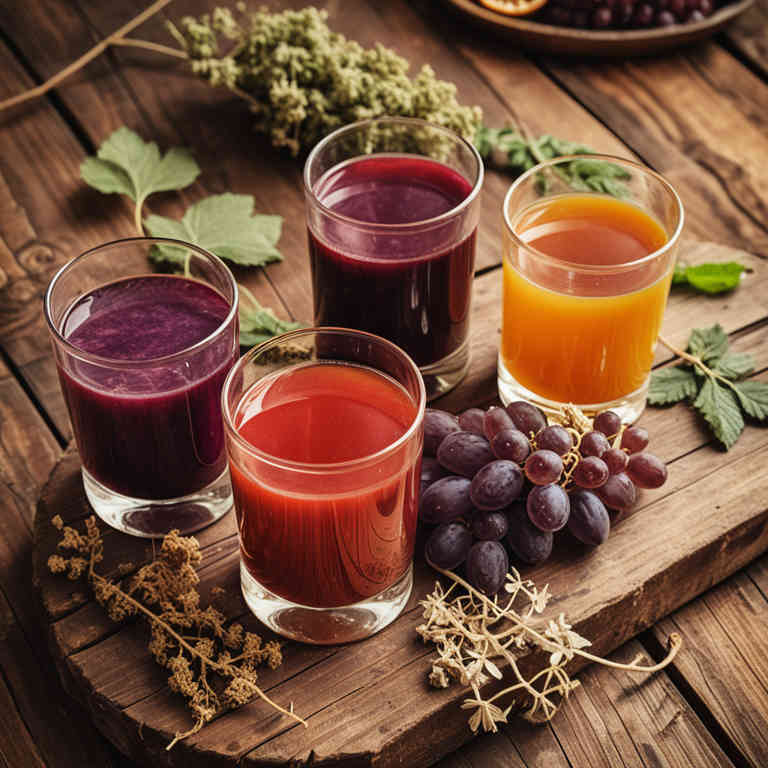
Vitis vinifera, commonly known as the grape vine, has been traditionally used in herbal medicine for its potential health benefits, including relief from back pain.
The juice extracted from the berries of Vitis vinifera contains antioxidants, flavonoids, and other phytochemicals that may help reduce inflammation and muscle tension, which are often associated with chronic back pain. Some studies suggest that the anti-inflammatory properties of grape juice could support joint and muscle health, potentially alleviating discomfort in the lower back. However, while anecdotal evidence supports its use, more clinical research is needed to confirm its effectiveness as a treatment for back pain.
As a complementary therapy, Vitis vinifera herbal juices may be beneficial when used alongside conventional treatments under the guidance of a healthcare professional.